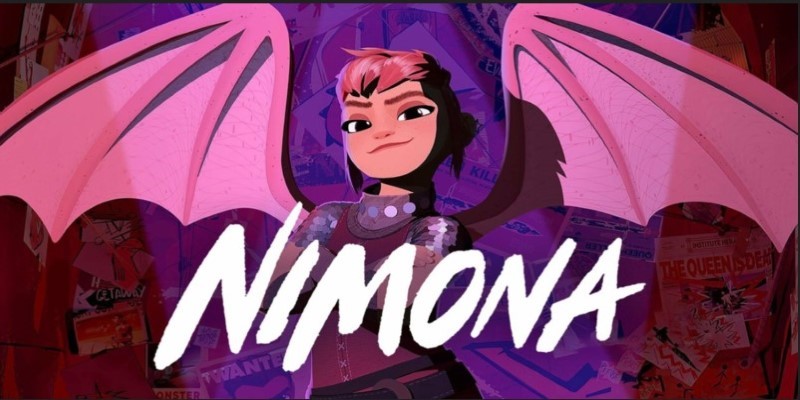
Carve and Print: The Art of Woodblock Printing Simplified
Jan 31, 2024 By Frederica
Woodblock printing is an ancient and fascinating art form that allows artists to create beautiful prints using wooden blocks. The unique and age-old art style of woodblock printing allows artists to produce beautiful prints using wooden blocks. The technique has been used for generations, and people are still drawn to it because of its simplicity and unique results.
In this article, we'll explore the woodblock printing process, breaking it down into easy-to-understand steps so that anyone can try their hand at creating their own block prints. Let's get started!
What Is Woodblock Printing?
Using carved wooden blocks, artists create relief prints on fabrics or paper. This process is known as woodblock printing. Woodblock prints are created by using the material's surface as a printing surface, and the sections that have been cut away do not appear. The demand for woodblock printing decreased with the invention of the printing press and other technology. Still, a lot of people choose to work on their printing projects with wood rather than lino blocks or other more modern supplies.
In the past, a publisher, printer, carver, and artist would work together to produce a woodblock print. The artist would make the original paintbrush drawing and choose the colors and where to put them in the print. The carver would receive this and use it to sculpt a relief into multiple wood blocks.
Since a distinct woodblock is needed for each color in woodblock printing, these blocks, when combined, would produce a coherent image. The actual printing, which produced the finished artwork, was the printer's responsibility, following the artist's color specifications.
Tools for Carving Woodblock Printing
A small number of supplies are required to assemble a block printing kit. With these five tools, you can begin practicing with this method of printing on wooden blocks:
Baren
This tool is optional for block printing, but it has several advantages. After you've finished carving a design into your carving block and coating it with ink, this tool allows you to apply consistent pressure to the rear of the block. If needed, you can always do this with your hand.
Brayer
Before applying ink or dye to your wooden block, this roller distributes it throughout, speeding up the printing process. Rubber brayers are widely available. However, take care not to put too much ink in your brayer, or you could end up with a messy print.
Chisels
Chisels are required to carve all of the small details into your block. You can use chisels or similar carving knives. You can paint your design onto any sort of paper or fabric surface by engraving it into the wood.
Block printing Ink
Printing ink is designed to provide uniform coverage and consistency to ensure a clean final print. Beginners should choose water-soluble inks since they make cleanup easier. However, you'll need to have ink made especially for printing on fabrics if you wish to print on fabric material. Before printing, you'll also need a piece of glassware to spread the ink across the block.
Wood
Carving images with minute details will be challenging on softer woods like poplar, cedar, and pine. Additionally, softwoods are more likely to break down after several printings. Hardwoods such as apple, cherry, ash, and birch will hold up better and have greater clarity after several prints, but you'll have to keep sharpening your tools because of their strong grain. It makes carving them more challenging.
Steps for Woodblock Printing
Trial and error and perseverance are required for woodblock printing, but the results can be satisfactory.
Draw your design
Make a basic drawing or design that you want to print. Remember that beginners may struggle to work with detailed details, so start with something simple. If you want your design to stand out, consider utilizing bold lines and shapes.
Transfer the Design
Once you have your design, transfer it onto the wooden block. You can do this by placing your design on the block and tracing it or by using transfer paper. Make sure the design is mirrored on the block so that the final print appears as you want.
Carve the Block
Carving the wooden block is the exciting phase that comes next. Carefully remove the surrounding regions of your pattern using your carving tools, leaving only the raised areas that will be inked. Start with larger sections and work your way down to finer details. Try your block on an empty paper before printing your finished work. This allows you to check how well your design prints and make any required changes.
Ink the Block and Position Paper
Spread the little printing ink uniformly across a flat surface with the brayer. When you roll the ink onto the carved surface of the wooden block, make sure it covers all the raised parts of your pattern.
After positioning the inked block on the selected paper, place it on a level surface. To make sure that your design will be centered on the paper, take a moment to position the block correctly.
Apply Pressure
Apply consistent pressure all over the paper's back with a baren or spoon. The ink must be transferred from the block to the paper using this process. Try changing the pressure to get the desired result. Your woodblock print will be visible once the paper is carefully lifted off the block.
After drawing your design onto the wood, you can apply a thin coat of clear acrylic varnish to seal the block. This helps seal the wood's pores so that the ink won't seep in and distort the block during block printing.
Conclusion
Woodblock printing, one of the oldest forms of art, gives artists a practical way to exhibit their creativity. You may make original and eye-catching prints by following these easy instructions and experimenting with different designs and colors. So gather your supplies and start your joyful woodblock printing journey.
-
 Entertainment Feb 01, 2024
Entertainment Feb 01, 2024Why Nimona is More Than Just a Good Movie: A Review of the Netflix Animated Film
Are you curious about the Netflix animate movie getting to know your identity, Nimona? If not, here's a complete review of it.
-
 Travel Jan 04, 2024
Travel Jan 04, 20247 Interesting Things To Do In Delhi With Family In 2024
Even though the city's heat keeps everyone indoors, 'Dilwalon ki Dilli' offers a lot. Enjoy these 7 things to do in Delhi in Summer with an updated activity.
-
 Entertainment Jan 31, 2024
Entertainment Jan 31, 2024Films That Will Take You on a Roller Coaster Ride in 2024
Get ready for a wild ride! Check out our list of films that will make you scream, laugh, and hold on tight in 2024. Buckle up!
-
 Entertainment Feb 01, 2024
Entertainment Feb 01, 2024In-Depth Exploration of Emotions: The No Hard Feelings Movie Analysis
If you're looking for a deep dive into the hidden power of the awkward guy, explore our analysis of No Hard Feelings. Uncover the unexpected strength within awkwardness!

